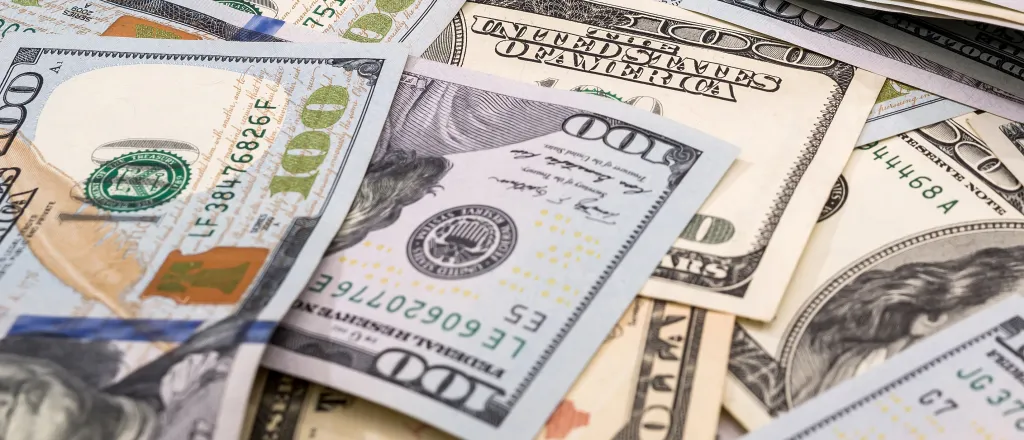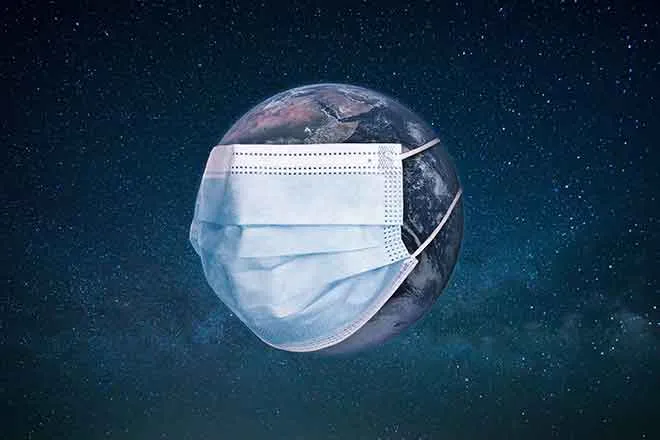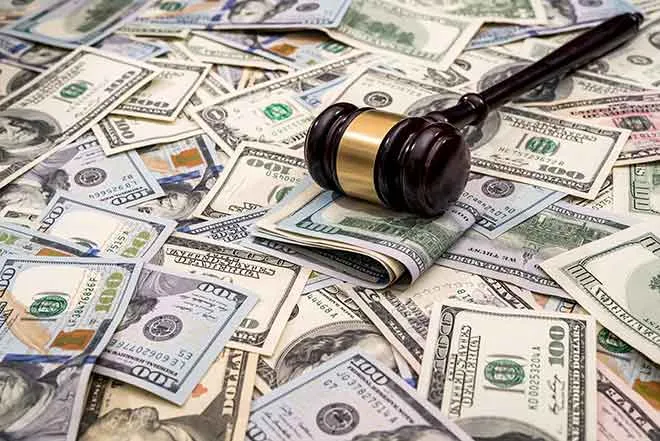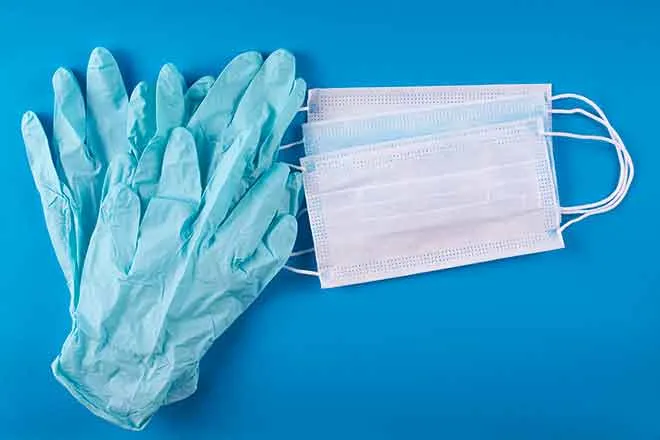
What’s the Deal With Coronavirus Stimulus Checks, and How Do I Get One?
At the end of March, the federal government passed a $2.2 trillion bipartisan emergency coronavirus relief package, offering some of the most hard hit a much needed stopgap. The legislation includes small business loans and coronavirus stimulus checks for low- and middle-income Americans.
Will I get a coronavirus stimulus emergency check?
You should receive a coronavirus stimulus check if you meet all of the following criteria:
- You have a Social Security number.
- You are a U.S. citizen or legal immigrant.
- You are not claimed as a dependent on someone else’s tax return.
- You make less than $99,000 as an individual, $136,500 as a head of household or $198,000 as a married couple who filed their taxes jointly.
- You have filed or will file your 2018 or 2019 taxes; are taking Social Security, Supplemental Security Income, Social Security Disability Insurance or Railroad Retirement benefits; or if you legally are not required to pay income tax (known as a “non-filer”), you give basic information to the IRS via the “Non-filers: Enter Payment Info Here” tool. More for “non-filers” below.
How much will I receive?
How much you will receive depends on your income. You will receive the full stimulus check amount of $1,200 if you made less than $75,000 as an individual or $112,500 as a head of household. Married couples who filed their taxes jointly and made less than $150,000 will receive $2,400.
Parents will also receive an additional $500 for each qualifying child — that is, children under 17 who are claimed as dependents.
Individuals who made between $75,000 and $99,000, married couples who made between $150,000 and $198,000, and heads of households who made between $112,500 to $136,500 will receive a reduced stimulus check. The payment amount is reduced by $5 for every $100 made above the $75,000 threshold for individuals, $112,500 threshold for a couple or $150,000 for heads of household. The cutoff range is higher for those with kids, according to IRS spokesperson Eric Smith, who encourages recipients to use an online calculator like this easy-to-use option from The Washington Post.
When will I get the check?
The IRS will begin sending money via direct deposit first. It started sending out the “checks” via direct deposit the week of April 13, 2020 and will continue to send them throughout the summer. Most eligible Americans will have received their payments by April 17, according to Treasury Secretary Steven Mnuchin. If the IRS put your refund (from 2018 or 2019) into a bank account — that’s how you’ll get the money.
If you did not get a tax refund and instead owed money, you can read eligibility requirements and check on the status of your payment on the IRS website. The IRS may need more information from you on where to send the check.
The first paper checks will be sent on April 24 to the lowest-income Americans who make $10,000 or less, according to reporting by the Post. On May 1, paper checks will be sent to Americans making between $10,000 and $20,000, on May 8, to Americans making $20,001 to $30,000, and so forth.
You can find out more about how you will get the money by using the IRS’ “Filers: Get My Payment” tool.
How do I sign up to receive a stimulus check?
The IRS will automatically determine your eligibility and calculate your check. There is no need to sign up if you submitted your 2018 or 2019 tax return or are taking Social Security, Social Security Disability Insurance, Supplemental Security Income or Railroad Retirement benefits; you will automatically be sent money.
If you do not fall into the above categories and are not what the IRS considers a “non-filer,” you will need to submit your 2019 tax return.
Do I have to use a tax preparer like TurboTax or H&R Block to get my check?
No. If the IRS does not have tax information on you and you do not have to pay taxes, you can sign up at this IRS page: “Non-Filers: Enter Payment Info Here”
If you are required to pay taxes, the “Filers: Get My Payment” tool lets you check the status of your stimulus check, including where and when it will be sent.
The IRS stimulus product is built by Intuit, the maker of TurboTax. On April 15, ProPublica published a look at the company’s competing “stimulus registration product.” Though the product is marketed as “free,” we found multiple trap doors leading users to paid products. Also, TurboTax users sign away their personal data to the Silicon Valley firm, which the company can use to pitch third-party financial products to its customers.
What if I didn’t file my taxes?
You will need to submit your 2019 tax return UNLESS you:
- Receive Social Security
- Receive Supplemental Security Income
- Receive Social Security Disability Insurance benefits
- Are a railroad retiree
- Are a “non-filer”
There are many ways to file for free with the IRS’ Free File program. The deadline for federal income taxes has been pushed back from April 15 to July 15, 2020.
What if I’m not legally required to file my taxes?
If you are a legal non-filer, you two options:
You can register for economic impact payments via the Treasury Department and the IRS’ new “Non-Filers: Enter Payment Info” web tool. You will need to provide basic personal information such as your birthdate, Social Security number, and the names and ages of your dependents. People who are not legally required to file a tax return include individuals who made less than $12,200 or married couples who made less than $24,400 in 2019.
You can file your taxes via the IRS Free File options — which are free — and you may be eligible for a refund, too.
Those taking Social Security, Social Security Disability Insurance, Supplemental Security Income or Railroad Retirement benefits will receive $1,200 checks without having to file a tax return. However, if you have dependents under the age of 17 and have not filed a tax return, you will want to register via the IRS’ “Non-Filers: Enter Payment Info” web tool to receive the additional $500 per qualifying child.
Will the check be sent to my address?
If you provided your direct deposit information when you filed your taxes AND received a tax refund, the IRS will deposit the check directly to your bank account. Otherwise, it will send a paper check to the address you last used to file taxes, even if you do not live there.
The IRS doesn’t have my bank account information. How can I get my check sooner?
The IRS’ “Get My Payment” tool allows you to provide the government with your direct deposit information, so you won’t have to wait for a paper check and can get your money deposited to your bank account immediately.
What if I qualify for a stimulus check but owe the IRS money?
These checks are being treated differently than your tax return. You will still receive the stimulus check even if you owe money to federal or state agencies, with some exceptions like outstanding child support.
Is this a loan? Is it an advance on next year’s tax refund? Will I have to pay taxes for the stimulus check next year?
No, no and no. The stimulus check is a no-strings-attached payment.
What if I qualify for the stimulus check based on my 2018 tax return but don’t qualify based on my 2019 tax return?
The stimulus check will be based off of the most recent tax return you filed.
If you filed your 2018 taxes but have not filed your 2019 taxes, you can wait to file your 2019 taxes until you receive the check. But don’t miss the new July 15 deadline to file your taxes; taxpayers who file late will still face penalties and fees. The longer you wait to file your taxes, the longer it takes to receive your tax refund.
Share Your Story
Have you received your coronavirus stimulus money yet? Fill out this form to help us report.
















